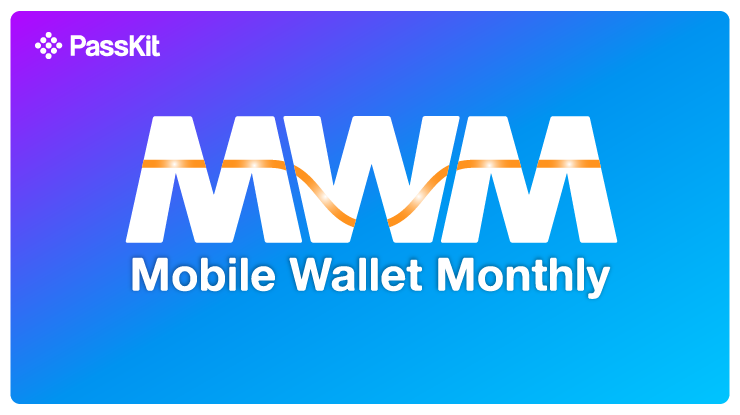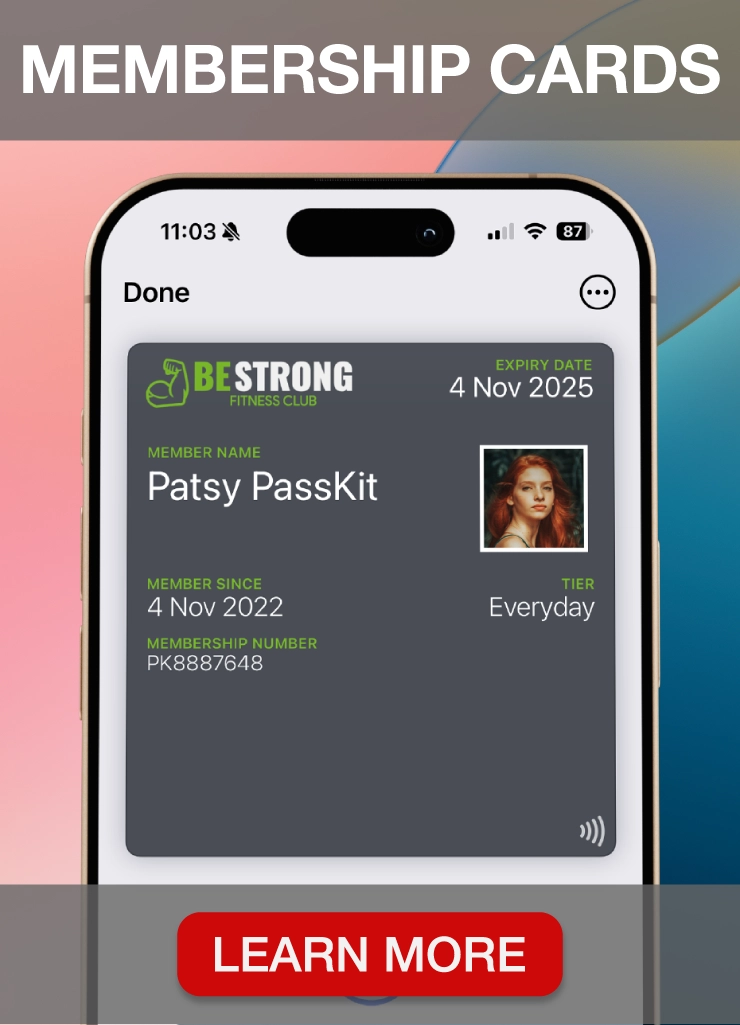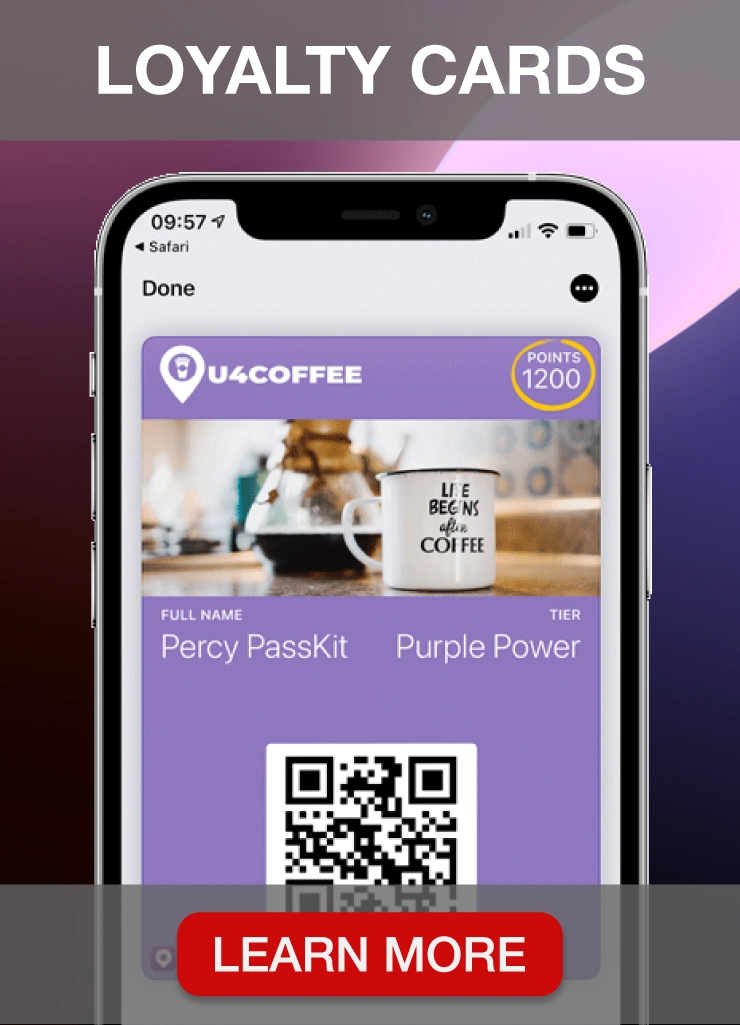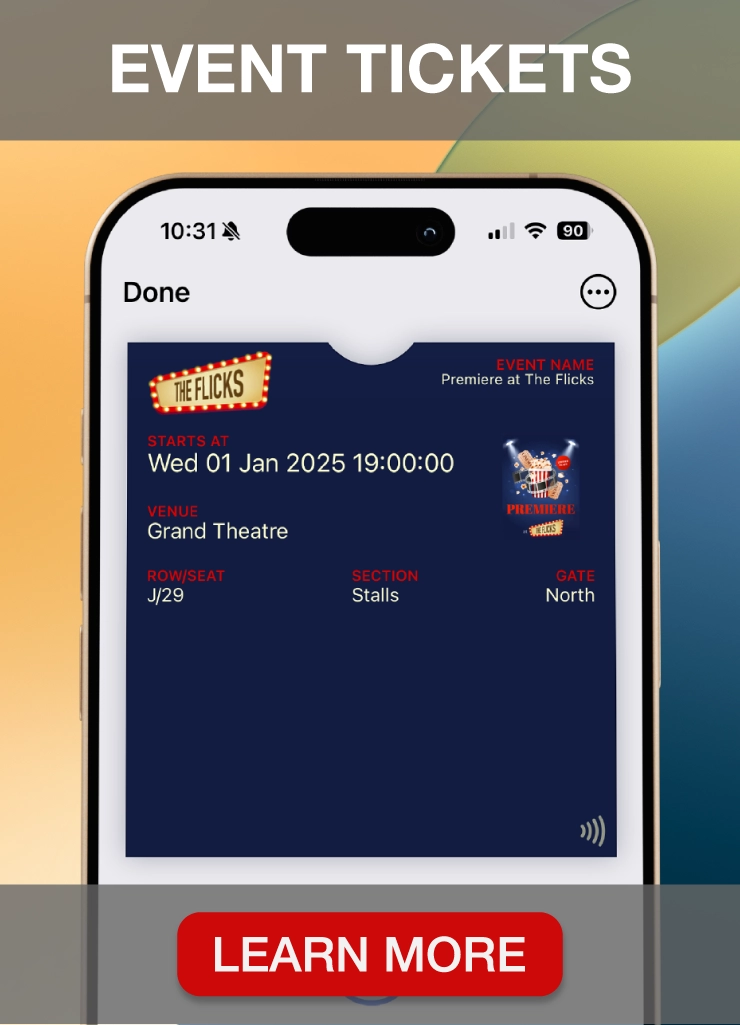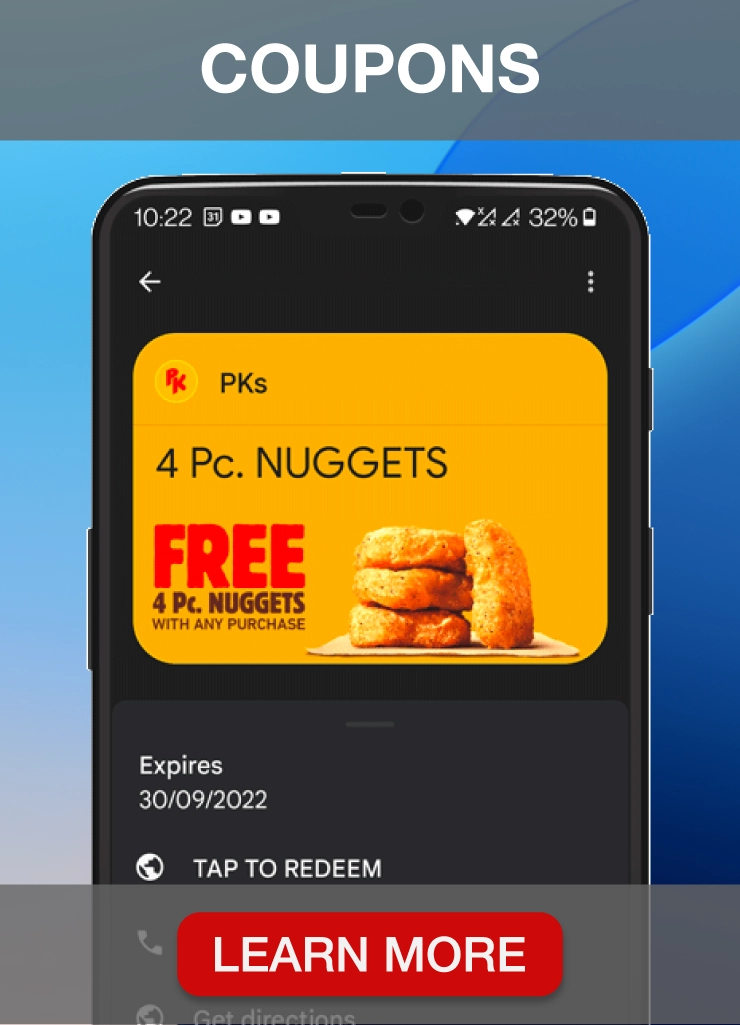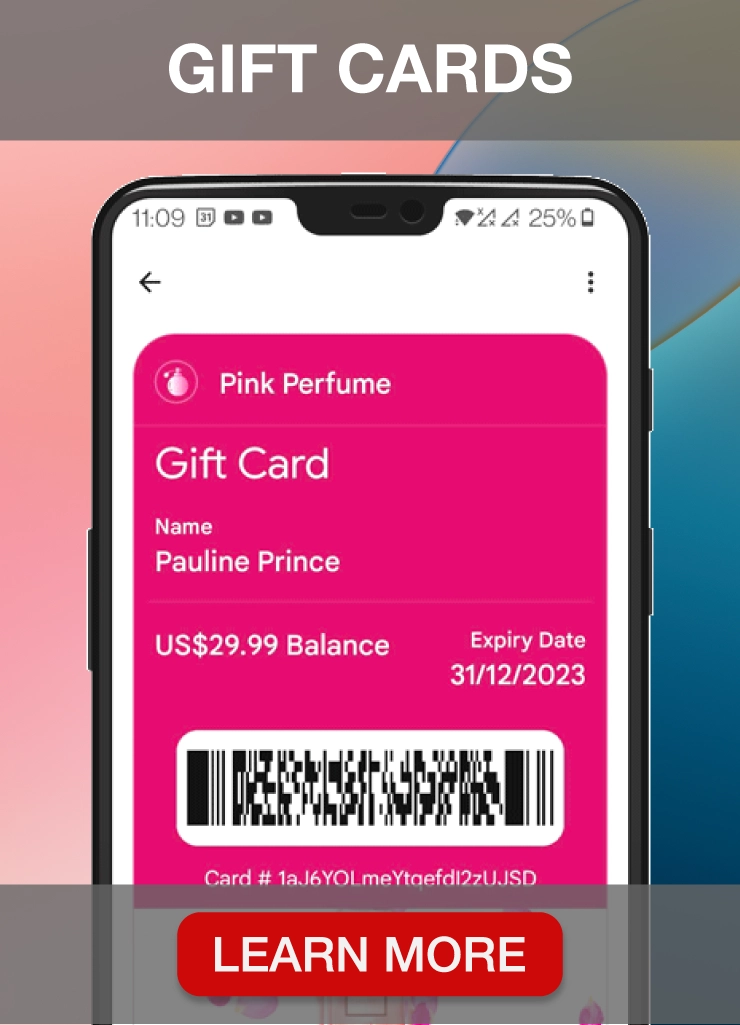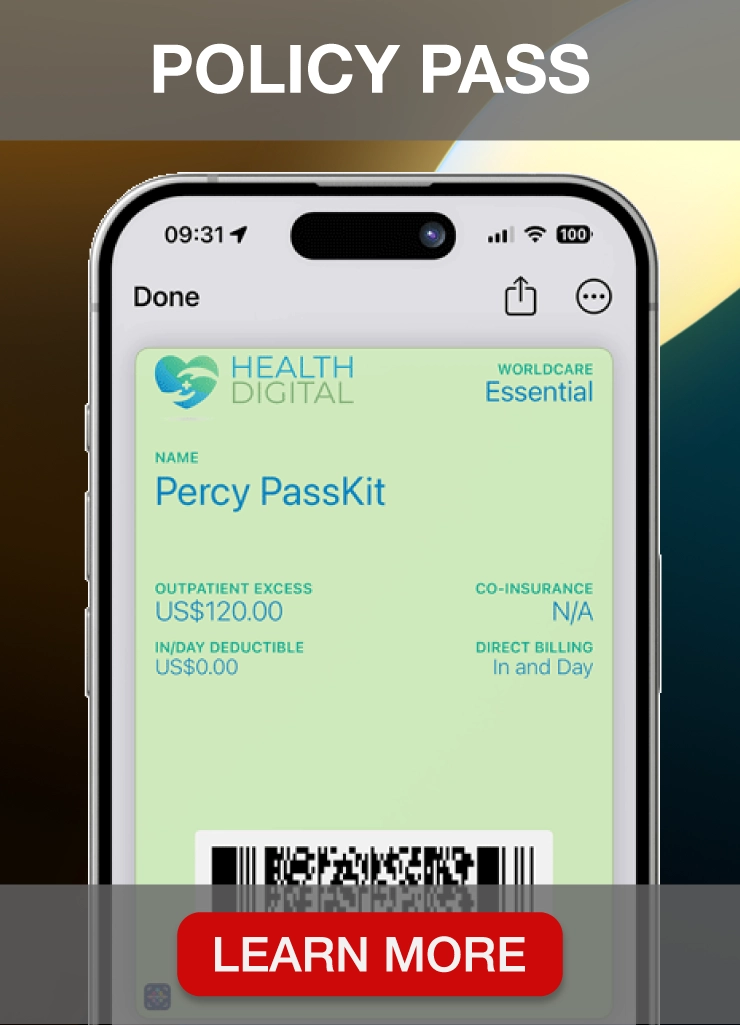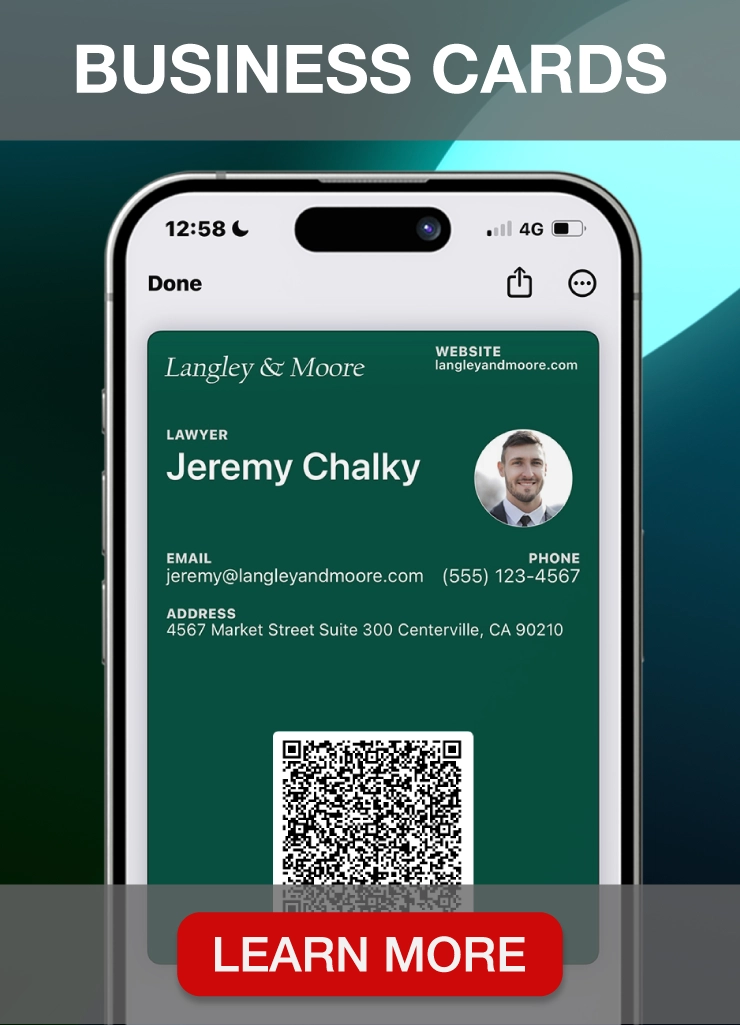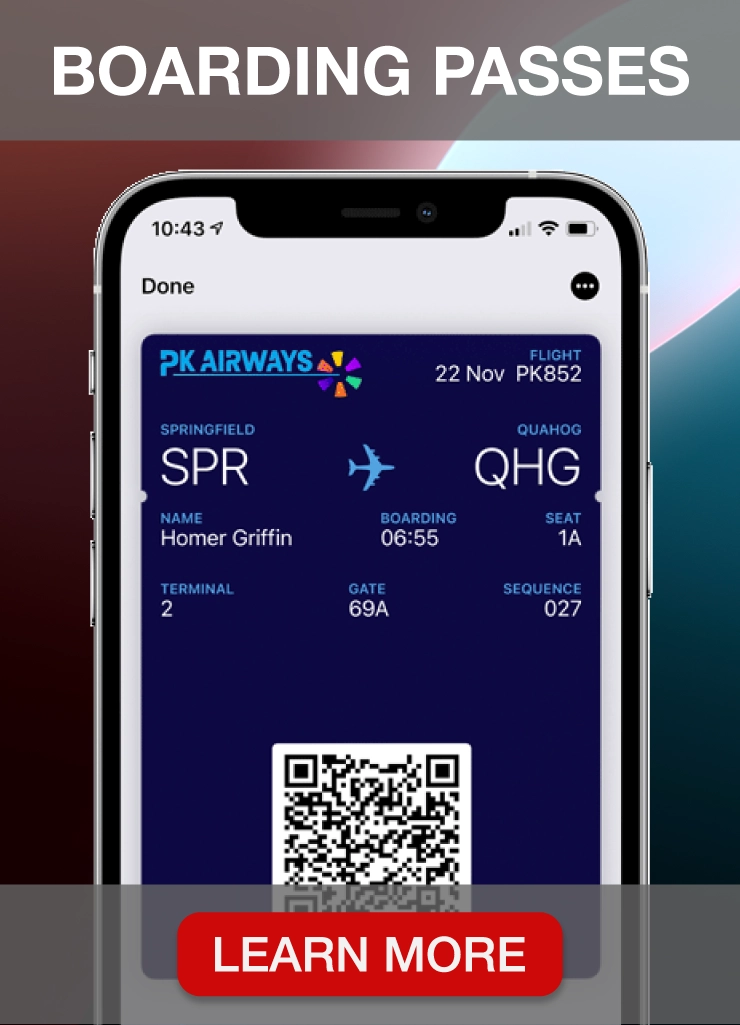With so many consumers being savvy about marketing tricks, brands must become more creative when advertising their products or services.
With a conventional marketing strategy, you can deliver promotional messages via mass media channels such as television and radio, resulting in a broad but indirect delivery that makes it difficult to measure the results.
With permission based marketing, you can reach your target audience using personal communication channels such as email, text messages, and similar. You can keep customers interested with personalized content designed to catch their attention and leave them wanting more. The only requirement is to get their permission to do so.
What’s best, you can quickly gather user data to assess your marketing efforts and optimize your strategy accordingly. It leads to higher success.
There are many ways to implement permission-based programs, including digital rewards programs that reward consumers for participating in loyalty programs with points, cash back, discounts and special deals and offers.
You can use PassKit, our digital loyalty platform, to boost your marketing efforts. It helps you launch a digital loyalty program and distribute your digital loyalty cards, digital membership cards, or coupons on multiple marketing channels.
With PassKit, your customers allow you to contact them when signing up for your loyalty program, so you don’t have to ask permission for each marketing channel separately. To see how PassKit works, start your 45-day free trial now.
In this article, we will explain how you can reach your target market with permission based marketing and how PassKit expands the possibilities. Let’s start with some general information.
What is permission based marketing?
Image source: Pixabay
Permission-based marketing includes leveraging existing permission from the recipient to market a product or service. It allows companies to engage with their customers on an individual level.
By providing consumers with a choice about whether they want to receive marketing messages from a business, permission-based marketing helps companies develop deeper relationships with their customers and deliver more tailored experiences.
Permission-based marketing is also an effective way to build trust and loyalty with your customers, as well as increase awareness of your brand.
How does permission marketing work?
The permission-based marketing lets you promote products and services by allowing customers to opt-in or out of the communication with your brand.
Customers can choose to receive personalized emails or text messages from your company in exchange for a small amount of their personal information.
By opting in, customers are showing their interest in what you have to offer. You can create long-term, mutually beneficial customer relationships by taking advantage of their preferences.
On the other hand, opting out protects users from unwanted emails, text messages, or ads that could be a security threat or a nuisance. Opting out is essential because it gives customers control over their personal information and privacy.
By requiring consent, you ensure that people know exactly what they agree to before sharing their data with your brand.
Permission marketing vs interruption marketing
Permission marketing refers to building a customer relationship through the exchange of value. In contrast, interruption marketing involves disrupting customer’s routines to capture their attention and compel them to take action.
Emails sent in bulk to purchased email addresses, spammy text messages, irrelevant display ads, or unexpected pop-ups are all examples of interruptive marketing messages that decrease the user experience.
Interruption marketing can make customers less likely to trust you and make them feel you’re pushing them to take action. Customers can feel irritated, angry, or anxious. It can lead to negative feelings toward your company and a reluctance to engage with your brand in the future.
5 reasons to embrace permission based marketing
Image source: Unsplash
Getting customers’ consent to market your products or services is challenging and takes time. Are all the efforts worth it? Let’s look at the benefits.
1. Reducing costs
Users opt-in to marketing communications if you provide relevant content aligned with their needs. If you provide value, they will not ignore your efforts. Since permission based marketing is more affordable than other marketing techniques, you get the chance to convert users into paying customers at a very reasonable price.
2. Improving relationships with your customers
By getting customer permission before sending any marketing messages, you show your audience that you care about their privacy, which builds trust and a stronger relationship. It increases the probability they will become loyal customers.
3. Improving the reputation of your company
When you ask your potential customers to opt-in for promotional messages from your company, you show them respect. It will motivate them to spread the word about your products or services among their family and friends.
4. Providing personalized experience
Permission based marketing strategy allows you to target your customers according to location, gender, age, and preferences. Customers value personalized messages as most internet users are tired of irrelevant content.
By providing value and matching your marketing messages with their specific needs, you will provide them with a personalized experience and increase customer satisfaction.
5. Increasing conversion rate
The beauty of permission marketing is that you can send messages to people who have already expressed interest in your product or services by opting in. It means that the chances of converting them to paying customers are higher than when using other marketing techniques.
What are some of the difficulties associated with permission based marketing? Let’s discuss this in the following section.
3 drawbacks of permission based marketing
Permission based marketing doesn’t have many downsides, but getting the initial consent from customers requires them to have positive emotions about your brand. If you want to get into permission marketing, you need to know that you will encounter some difficulties. Here are some examples.
1. Getting permission is not always easy
It might be challenging to motivate customers to receive marketing content. You must find creative ways to catch their attention and demonstrate what’s unique about your offer. If you show your customers that your content adds value to their lives, they will eagerly allow you to send them more information.
2. The strategy takes time
Building a relationship never comes in a blink of an eye, so with permission based marketing, you have to be aware that it is a time-consuming strategy. However, it is worth it since it will likely lead to repeated transactions.
3. It may be hard to find a healthy balance
Since permission based marketing campaigns are often automated, you might overload the recipients’ inboxes if you want to inform customers about every feature launch, sale, or new deal. Sending too few messages is also unfavorable: consumers may forget your business exists. So the key is to find the right balance between the content volume and frequency.
What are some examples of permission marketing channels? Let’s discuss the most popular ones.
Types of permission marketing channels
Image source: Campaign Monitor
Permission advertising lets you use digital channels to communicate directly with your customers. Here are a few examples.
Email marketing
Permission based email marketing campaigns allow you to drive traffic and engagement without investing in paid media. You can use email marketing for free or nearly free.
A significant benefit of email is that it’s highly targeted, as it only reaches those who have granted permission to receive your message. Another advantage is that it’s easy to create and manage.
You can send emails at any time of the day or night, with no need for special tools or software. Lastly, email marketing is highly effective when combined with other channels like social media, search ads, and PPC.
Social media marketing
Many companies have found that social media marketing can be effective because it provides an opportunity to connect with consumers in a personal way.
In this strategy, companies use their social media accounts to build trust and credibility with potential customers. If you provide value, users decide to follow your account. It is their choice. By following your account, they have direct access to your promotional content.
The most obvious way to capitalize on this opportunity is by tapping into the existing built-in audience of social media users who already have an interest in your brand.
So when you do decide to start running paid advertisements on social media, you will likely be able to achieve better results if you target users with existing audiences rather than creating new audiences.
SMS marketing
It can be a great advantage if a customer wishes to receive your promotional text messages. Ensure they are relevant, straightforward, personalized, and concise, and don’t forget to allow your customers to opt-out. It will create trust in your brand.
When SMS marketing is combined with other channels like email, in-app messaging, or push notifications, it can help boost engagement and conversions.
Content marketing
Many businesses worldwide adopt the strategy of creating free content that brings value to potential customers. The content ranks on search engines and increases website visits. Users can opt-in by giving their personal information to receive more free content. It helps brands segment and target customers genuinely interested in their offers.
Permission based marketing and loyalty programs
In the past, it wasn’t easy to track which customers used the paper or plastic loyalty cards and if they redeemed them for a discount, special deal, or reward. Also, it was challenging to measure the overall success of the loyalty program.
Today, loyalty programs are primarily digital.
When signing up for your loyalty program, the customer needs to allow access to their personal information such as email address, phone number, or other. Once you obtain the customers’ consent, you can send them promotional content on their personal channels and encourage them to collect more points, get special offers, limited deals, or redeem their rewards.
With PassKit, this is easy. Customers who join a loyalty program created with our digital loyalty software automatically allow you to contact them on multiple marketing channels. Let’s see how it works.
How PassKit boosts your loyalty programs
PassKit is a digital loyalty platform allowing business owners to create and launch loyalty programs in minutes without design or coding skills. Since it perfectly integrates with Apple Wallet and Google Pay, it helps you build your loyalty program on the familiarity and trust customers have with these mobile wallets.
PassKit helps you design digital loyalty cards, membership cards, and coupons that you can distribute using multiple marketing channels and track loyalty program data. Customers can save these digital cards in their mobile wallets and use them while on the go.
The best part is that customers need to opt-in only once when they sign up for your loyalty program. When customers add passes to their digital wallets, they can start earning points for their offline and online activities and then redeem them for rewards.
How does PassKit work?
Customers can sign up for your loyalty program and save digital loyalty cards in their mobile wallets – Apple Wallet or Google Pay. They collect points for their purchases over time, and the software records all their points in one place.
They can use these points and redeem rewards in real-time whenever they visit your store, hotel, restaurant, or gym – it takes only a few taps and placing their phones on your NFC terminals.
The PassKit loyalty platform is very convenient for business owners as well. You can access all the metrics and immediately track the pass distribution and performance.
What’s more, PassKit easily integrates with POS and CRM so that you can use the system with your existing software. There is no need to replace it. The only cost of using PassKit is the affordable monthly fee. Without any further expenses, you can enjoy all the benefits.
And here we come to the biggest one.
One permission for multiple marketing channels
Getting consumers’ permission to market them on channels such as email or SMS is not easy. By signing up for a loyalty program created with PassKit, customers automatically allow you to send them your promotional messages, updates, or notifications. You can also use the following channels to distribute your digital passes and provide a connected customer experience.
- Email marketing – design emails with a clear, engaging layout, including sweet and short copy, and attach customers’ digital loyalty cards. Keep your customers informed about the newest benefits of your loyalty program.
- SMS marketing – you have to be even more concise with text messages. Don’t forget to personalize content with subscribers’ first names, always use a call to action, and make your offers time-sensitive.
- Location-based reminders – PassKit uses GPS and beacons to send location-based notifications to customers who have installed their digital passes. When customers come close to the appropriate location, they can receive a lock-screen notification enticing them to visit your store and redeem their rewards.
- In-app advertising – you can place the information about special deals, updates, and discounts in the app and include a link to the offer. If the existing loyalty program member follows the link, he can get the special deal and use it while at your store.
If you need more ideas about your digital passes distribution, let’s discuss additional possibilities when using PassKit.
8 other channels you can use with PassKit
PassKit makes communication with your existing members easy and allows you to use multiple channels to promote and distribute your loyalty cards and digital coupons to people who haven’t joined your loyalty program. These channels include
- Receipt marketing – add the QR code on the receipt to let the customers know about your loyalty program. If the customers scan the code, they will be taken directly to the offer with the pass so they can install it in their mobile wallets.
- Social media referrals – place an attractive image referring to the loyalty program offers on social media and add a download link together with a QR code to make it easy for mobile and desktop users to install the pass in their mobile wallets.
- NFC payment terminal – if your terminals support Apple VAS and Google SmartTap protocol, you can set PassKit to automatically push loyalty program enrollment requests to Apple Wallet and Google Pay users.
- Company website – link to your loyalty program on your website to promote and distribute the pass. Make the offer visually appealing and explain the benefits of joining the program.
- Search marketing – combine SEO practices with paid search marketing to promote your loyalty program in the search engines. Give the visitors a chance to effortlessly download the pass by placing the link to your loyalty program on your landing page.
- Custom targeting on Facebook and Google – create ads on Facebook and Google. The system will target specific customers based on their behavior and show them an ad linking to the page where they can join your loyalty program.
- Visual merchandising in the store – place a printed QR code on promotional materials like posters or danglers in your store. Don’t forget about customers who don’t have a QR code scanner, and also add an URL to the page where visitors can sign up for your loyalty program.
- Near-store visual merchandising – let the people who aren’t your customers yet learn about the benefits of joining your loyalty program. Print the QR code and information about rewards, discounts, and special offers on floor graphics, window vinyl, and posters, and place them in the proximity of your store.
How will you know how effective your program is? How can you learn if your efforts bring results? You just have to log in to the PassKit dashboard.
Tracking your redemption rates with PassKit
How successful is your loyalty program? You’ll find all the information on how the customers utilize your loyalty program on the clear and intuitive PassKit dashboard.
With just one glance, you will learn:
- Enrolled Members – how many people have enrolled in the program and allowed you to market them
- Installs to Wallet – the total number of digital cards your customers installed in their Google Pay or Apple Wallet
- Uninstalled from Wallet – the number of cards your customers deleted from their digital wallets and opted out of your loyalty program
- Deleted Members – show how many cards you removed using API or the web interface
You can track the loyalty program’s performance by day, month, or year. You can also set the Start Date and End Date to get the data from the period that interests you.
You can also learn what mobile wallets most of your customers use and adjust your marketing strategy accordingly.
But that’s not all. You’ll also find a chart showing what distribution channels are the most successful in bringing you new program members.
On the chart, you will see all the channels you are actually using for promotion, such as social media, SMS marketing, email marketing, and the percentage of people that enroll via each channel. It also shows on which channels you get the most permissions to market your products or services.
You may use this information to plan future marketing campaigns, decide which channel to focus on, and see what’s working and needs improvement.
Permission marketing example to get you inspired
Starbucks successfully uses email marketing to improve customer loyalty and grow the community of coffee lovers. How do they do this?
In 2009 they re-established their loyalty program, Starbucks Rewards. Instead of aiming for continued expansion, the brand shifted its focus to retaining the existing customers.
And they mastered the art of designing successful email campaigns to raise customer awareness about the benefits of participating in the program.
Upon registration, members provide their email and consent to receive promotional messages.
Then they receive beautifully designed messages about hot deals and possibilities to earn more points. Stylish headlines and layouts attract the eye, and clear copy informs about upcoming offers or promotions.
Image source: sendlane.com
The result? Email combined with the rewards program boosted customer loyalty and revenue. In June 2022, the Starbucks Rewards loyalty program had 26.7 million active members, driving more than half of in-store sales.
Permission based marketing: Final word
Traditional advertising methods no longer work in the Internet era when everyone suffers from information overload. To succeed, you need to be exceptionally clever and creative, but you must first consider the customer experience.
Customers want to have a choice. They won’t consume just any content that comes their way – only the one they have carefully selected. That’s why obtaining the customers’ permission to market them is so important. Customers are more likely to respond positively and engage with your brand when they receive expected and relevant content.
It is the reason why loyalty programs are so successful nowadays. Customers choose the brands they want to interact with, and they want to be rewarded for those interactions. It’s just a win-win situation.
Today you have the opportunity to create your loyalty program with PassKit and entice your customers with special deals and discounts to foster their interactions with your brand. They will permit you only once when they join the program, and then you can use multiple communication channels to promote your offers without obstacles.
To start using PassKit, sign up for the 45-day trial period.
Permission based marketing: FAQ
Why is permission marketing important?
Permission marketing is the best way to enhance any of your marketing efforts. By asking for the prospects’ permission, you ensure you focus on customers who are genuinely interested in your content and are most likely to engage.
What is permission based communication?
It is the practice of sending messages to consumers who have expressed explicit permission to receive marketing content from a brand. The fact that consumers need first to agree to get promotional content gives marketers a better understanding of their interests and lets them cater accordingly.
What is permission strategy?
Permission strategy is a form of advertising where you give your target audience a choice to opt-in for promotional messages from your part.
Can I email someone without their permission?
Sending unsolicited marketing emails isn’t recommended. If you don’t get the consumers’ permission to send them content, your emails will encounter a hard bounce and be marked as spam. So by emailing someone without their consent, you are just losing time and effort.

